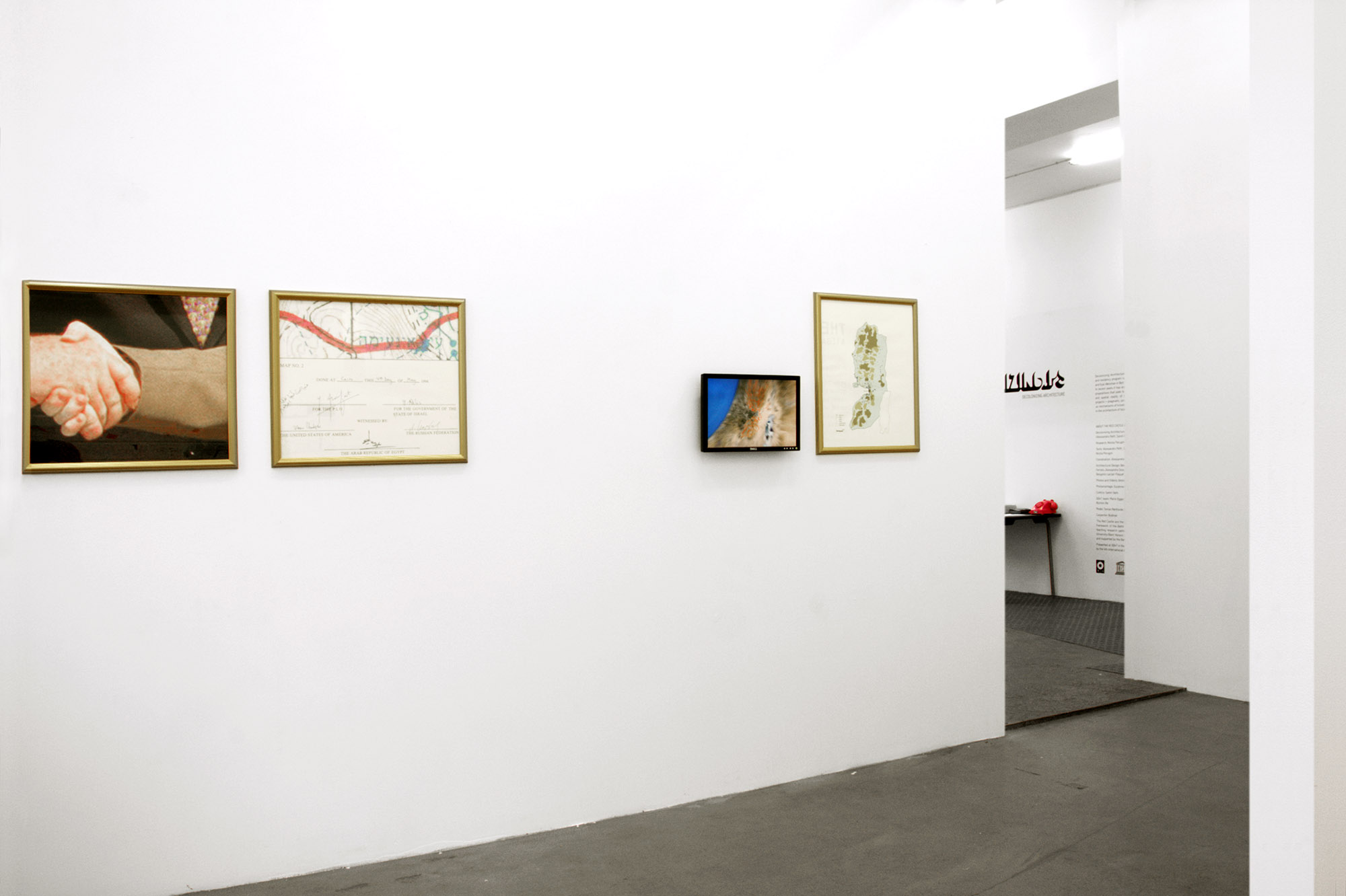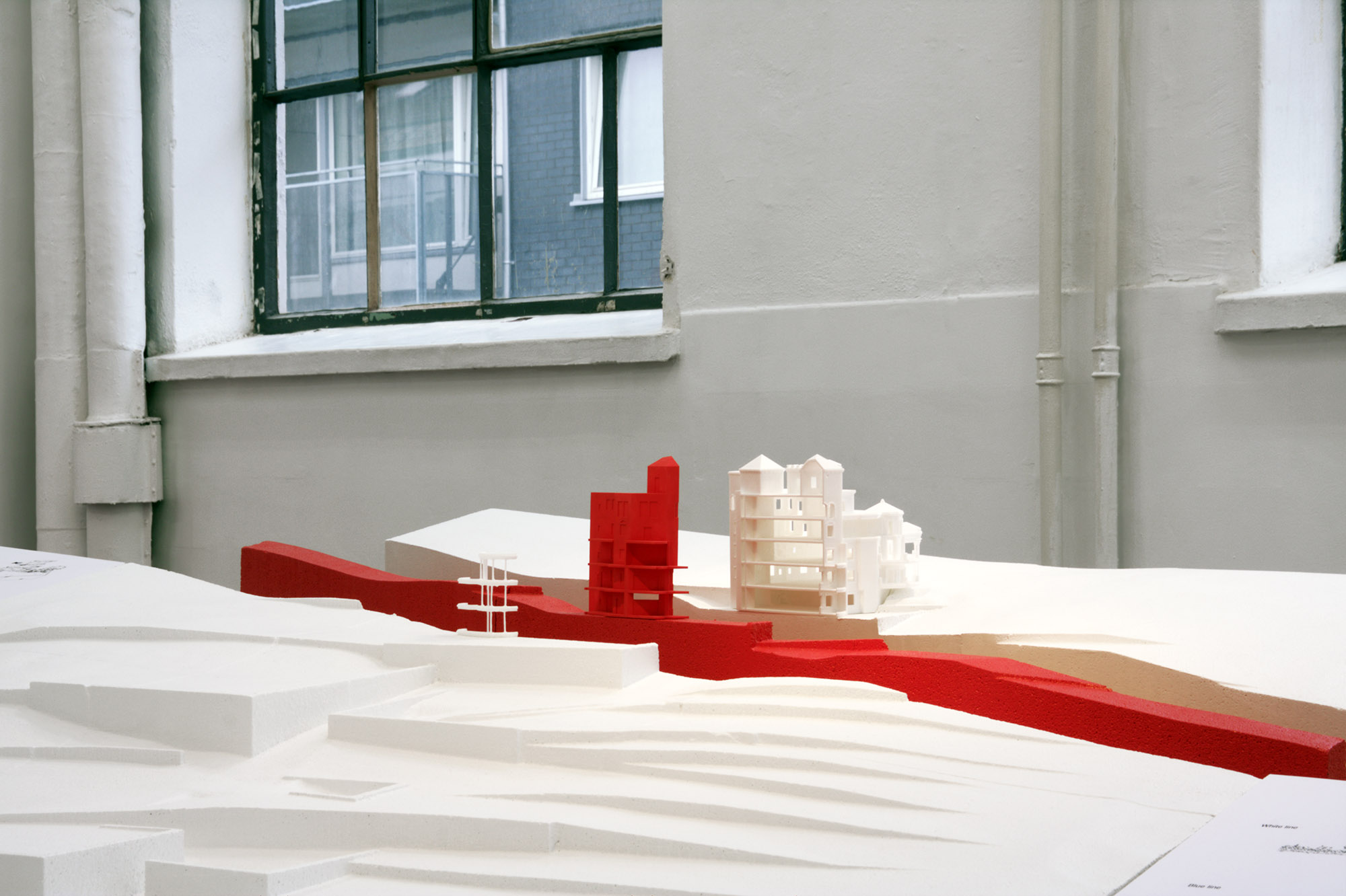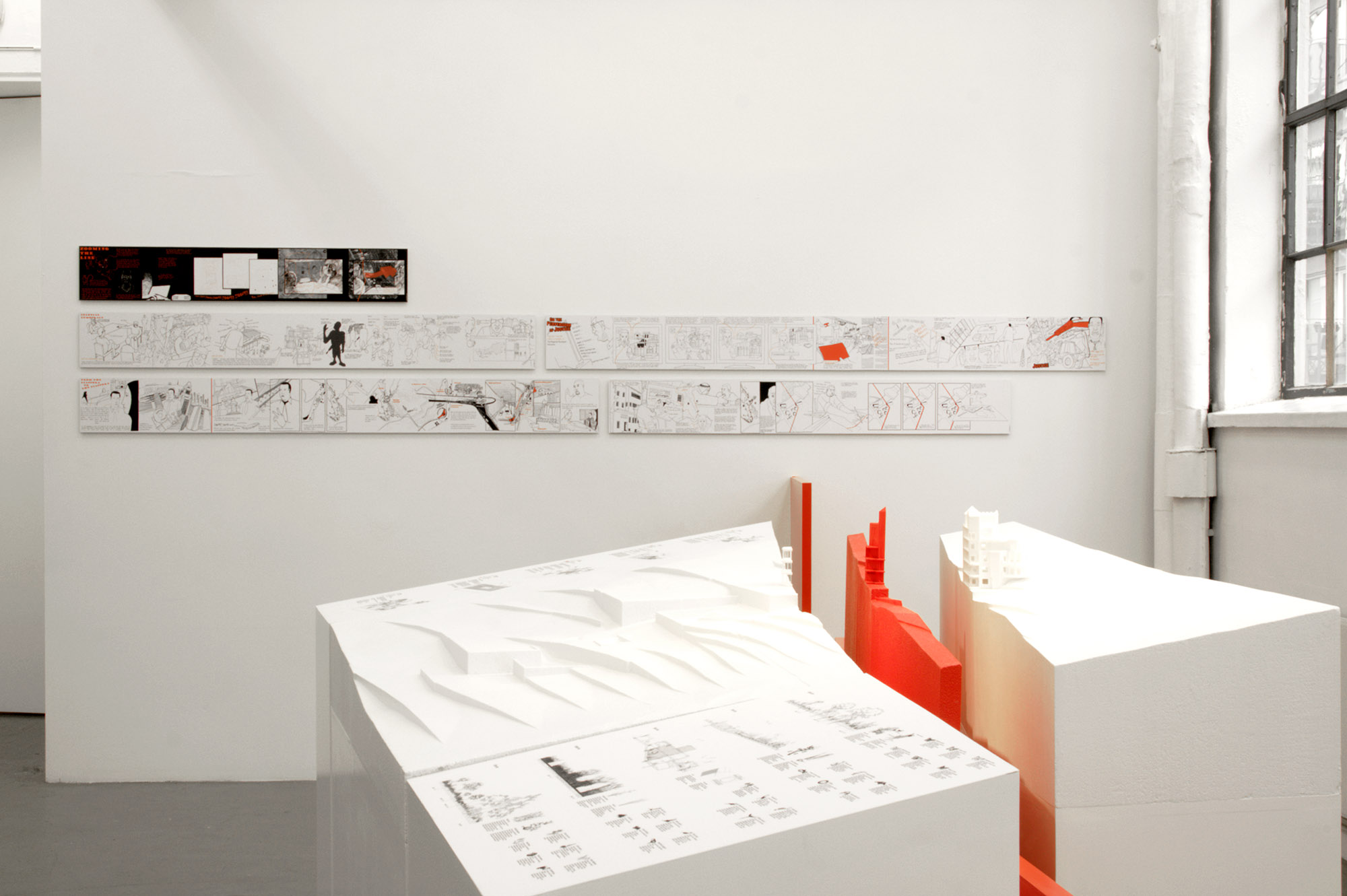In 1993, a series of secret talks held in Oslo between Israeli and Palestinian representatives inaugurated what was later referred to as the “Oslo Process”. This process defined three types of territories within the West Bank. Area A under Palestinian control, area B under Israeli military control and Palestinian civilian control, and area C under full Israeli control.
When the process collapsed and the temporary organization of the occupied territories solidified into a permanent splintered geography of multiple prohibitions, a fourth place has suddenly been discovered. Existing in between all others – it was the width of the line separating them. Less than a millimeter thick when drawn on the scale of 1:20,000, it measured more than 5 meters in real space.







